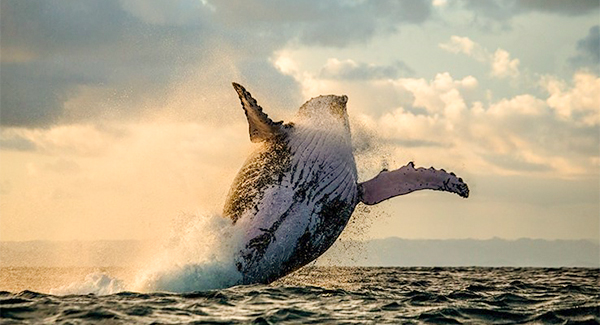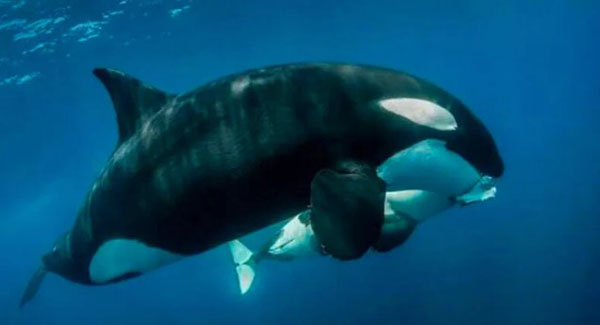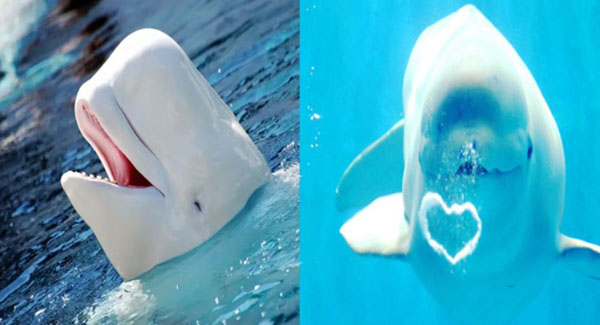Humpback whales live in all the world’s major oceans. They migrate great distances, scooping up plankton and krill with mouths full of baleen. Known for their grace, the magnificent creatures were also coveted by whalers.
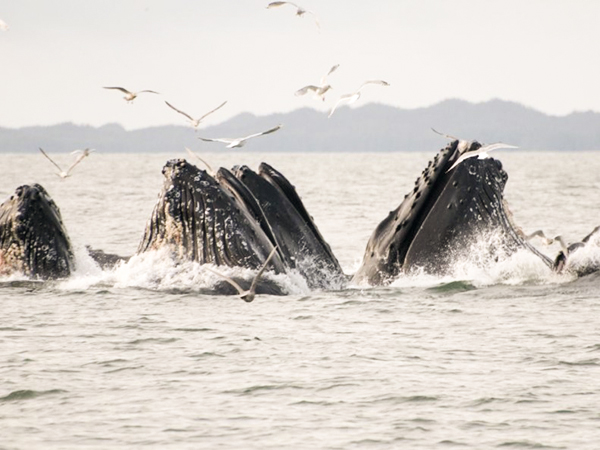
From the 19th century through the mid-20th century, their numbers were decimated by commercial whaling. At one point there were as few as 700 of the creatures swimming in the North Atlantic. Bans on whaling in the 1980s and a general push for conservation have allowed humpback populations to recover in recent decades. And at last, the humpback whale has been taken off the Eɴᴅᴀɴɢᴇʀᴇᴅ species list in Australia—a milestone for the species.
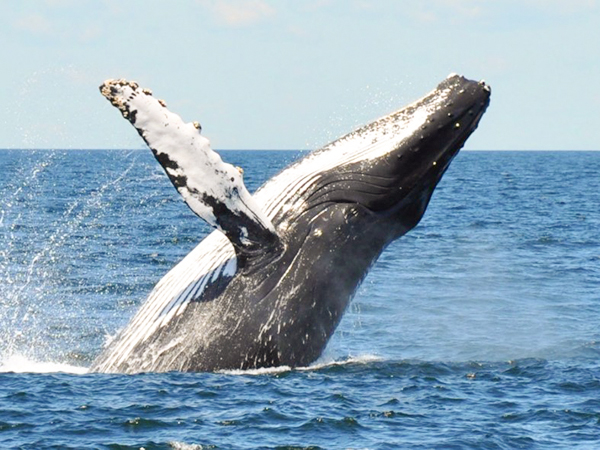
Australia was one of the first countries to take whale conservation to a new level. After seeing first-hand, the devastation that humans inflicted upon the leviathans, conservationists created numerous eco-tourism companies and university marine mammal courses. Worth close to A$50 million in direct expenditure to the Australian economy, whale and dolphin watching has proved beneficial to both marine mammals and humans alike. The resurgence of the Australian humpback population has been dubbed “a symbol of hope” by marine scientists the world over.
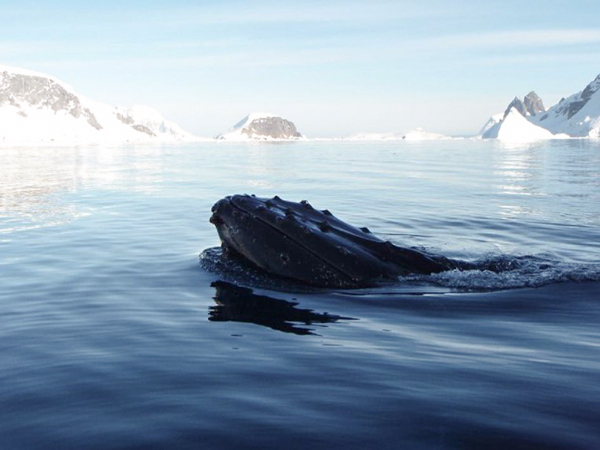
A recent paper stated that the Australian humpback population has risen annually at a rate of nine percent a year off the country’s west coast and 10 percent for the east coast. It is even suggested that these numbers could rise to 15% and more over the next decade. As of 2012, they had grown to more than 63 percent (east coast) and 90 percent (west coast) of those recorded before the whaling era.

The acrobatic humpbacks that can grow to 16 meters would still be protected in Australia. Conservationists, though, argue that they need more, not fewer, environmental safeguards to monitor the impact of climate change on krill – their main source of food. Krill are affected by the absorption of more carbon dioxide into the ocean.
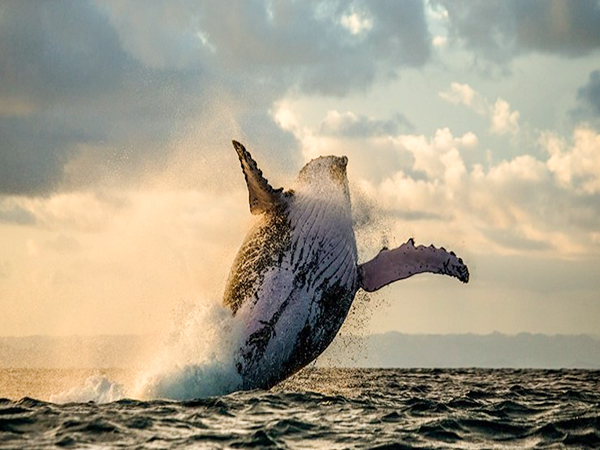
Scientists say humpbacks face a combination of other ᴛʜʀᴇᴀᴛs including the overharvesting of krill, pollution, habitat degradation, and entanglement in fishing nets. Calves also face ᴀᴛᴛᴀᴄᴋ by ᴋɪʟʟᴇʀ whales or sharks. Saving the whales is still an important goal, but any good news is great news.

